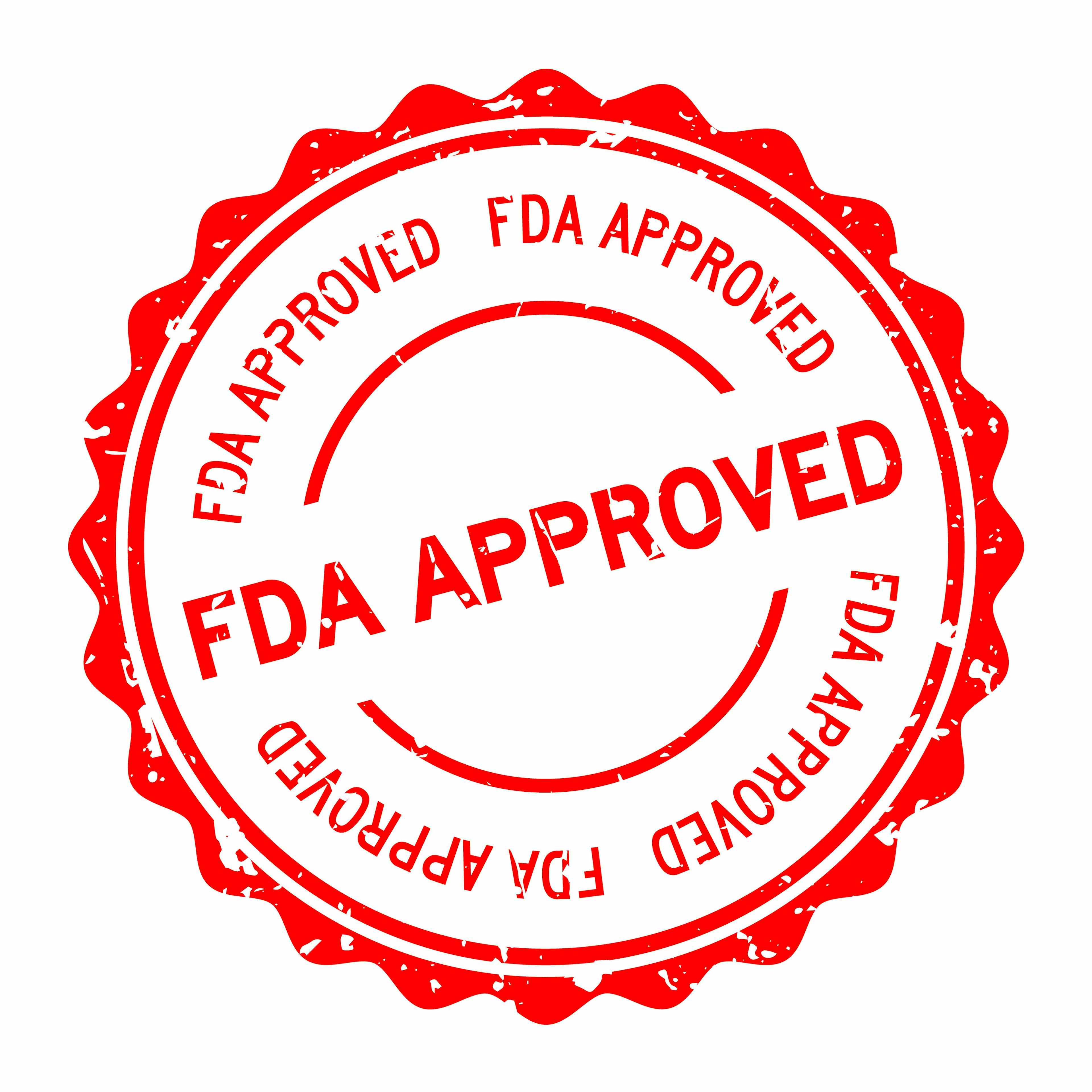Acne in Skin of Color Patients: Preventing PIH
Tips for using patient education to help reduce the risk of postinflammatory hyperpigmentation.
Because the risk of postinflammatory hyperpigmentation (PIH) is higher in patients with darker skin phototypes (among other factors; studies also found that it was more prevalent in women, those with severe acne, facial acne, excessive sunlight exposure and patients who squeezed or scratched their acne lesions),1 preventing PIH is key in treating patients with skinof color (SOC). According to Al- Qarqaz et al, a study of 339 patients, most of whom had dark skin phototypes, post-acne hyperpigmentation was seen in 80% of patients.1 “It is also reported that those with SOC are approximately 5–16 times more likely to develop keloid scar tissue compared to Caucasian skin,” wrote Chiang et al.2
Chiang et al reviewed literature on treatment modalities for treating acne in patients of color. In addition to a look a the armamentarium, they also delved into the important points of patient education in this population. “When treating patients with SOC, patients should also be reminded to incorporate daily sunscreen and reduce sun exposure to prevent further pigment darkening,” the authors wrote, adding that because SOC is at higher risk of retinoid dermatitis, dermatologists also need to ensure patients maintain a skincare routine that protects the skin barrier.2
As with any population, it is key to make sure patients understand how to use any treatments prescribed. “A trial3 evaluating the effects of a topical medication application tutorial was assessed in Koreans with mild-to-moderate acne,” wrote Chiang et al. “Reduced frequency and intensity of treatment-related side effects were found in those educated with the tutorial. Benefits included reduced erythema, scaling and dryness that improved earlier during the treatment course. By reducing unfavorable effects, patient adherence may be increased, simultaneously improving treatment outcomes.”2 The tutorial advised patients to applya non-comedogenic moisturizer or lotion 10 minutes prior to topical acne medication. Chiang et al also found in their review that less frequent dosing may cause less irritation and that it is advisable to start with the lowest dose of a topical, increasing it as tolerance builds. “Furthermore, a very small quantity should be applied thinly by rubbing it between two fingertips. Treatment should start with an area <2 cm diameter on the first day and increased by 1 cm for each subsequent application,” wrote Chiang et al.2,3
Originally published on our sister brand, Dermatology Times.
References:
1. Al-Qarqaz F, Bodoor K, Baba A, Al-Yousef A, Muhaidat J, Alshiyab D. Post-acne hyperpigmentation: Evaluation of risk factors and the use of artificial neural network as a predictive classifier. Dermatol Reports. 2021;13(3):8223. Published 2021 Oct 6. doi:10.4081/dr.2021.8223
2. C, Ward M, Gooderham M. Dermatology: how to manage acne in skin of colour. Drugs Context. 2022;11:2021-10-9. Published 2022 May 31. doi:10.7573/dic.2021-10-9
3. Kwon HH, Park SY, Yoon JY, Min S, Suh DH. Do tutorials on application method enhance adapalene-benzoyl peroxide combination gel tolerability in the treatment of acne?. J Dermatol. 2015;42(11):1058-1065. doi:10.1111/1346-8138.12979
Recognize & Refer: Hemangiomas in pediatrics
July 17th 2019Contemporary Pediatrics sits down exclusively with Sheila Fallon Friedlander, MD, a professor dermatology and pediatrics, to discuss the one key condition for which she believes community pediatricians should be especially aware-hemangiomas.


















